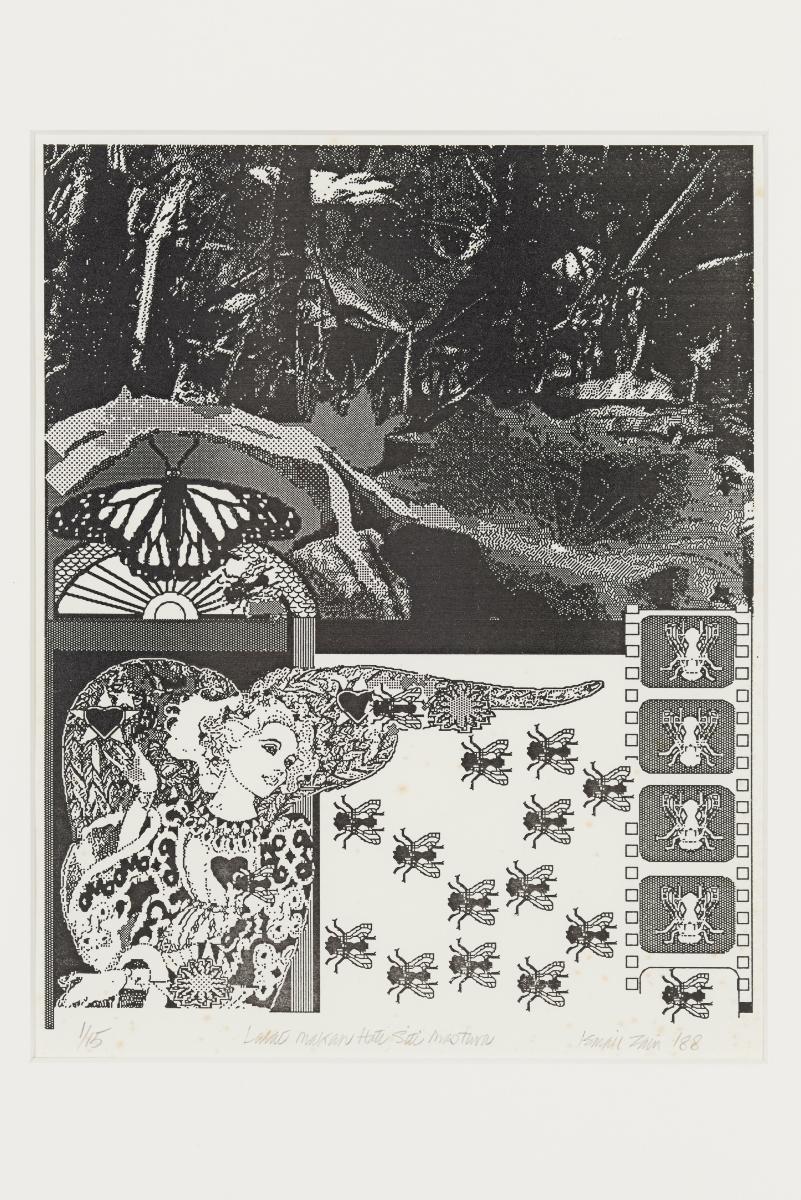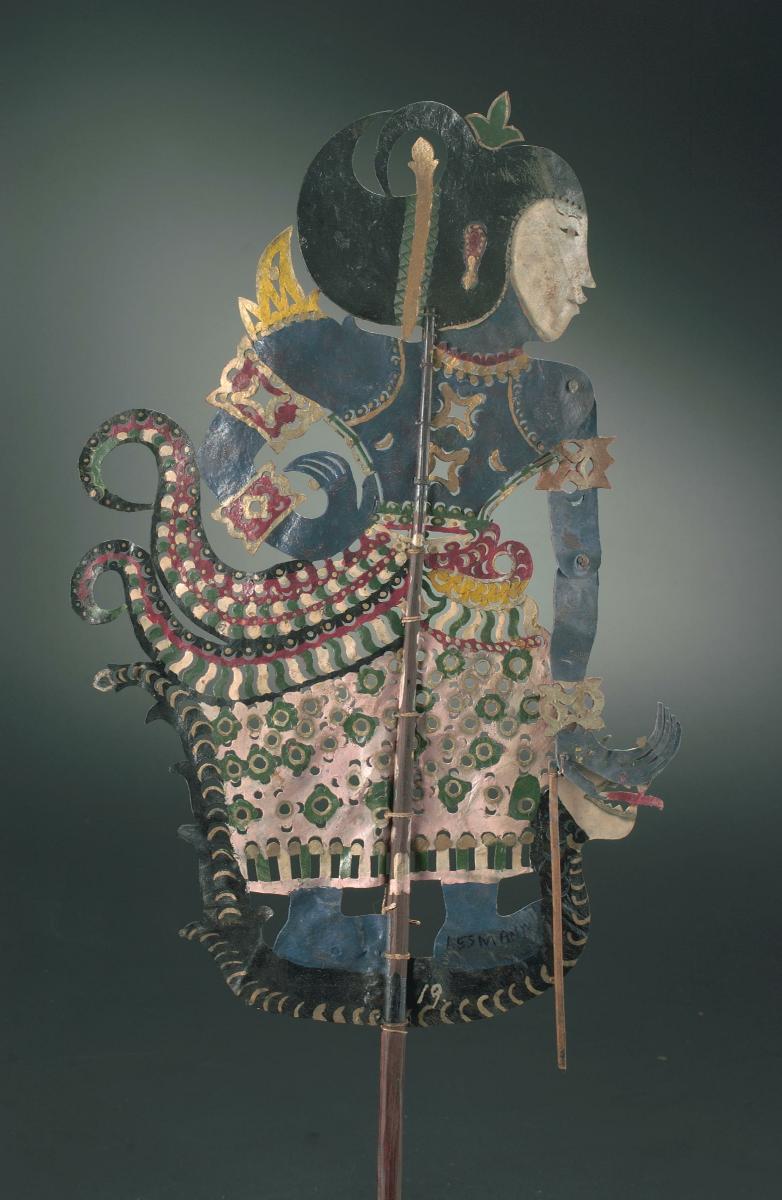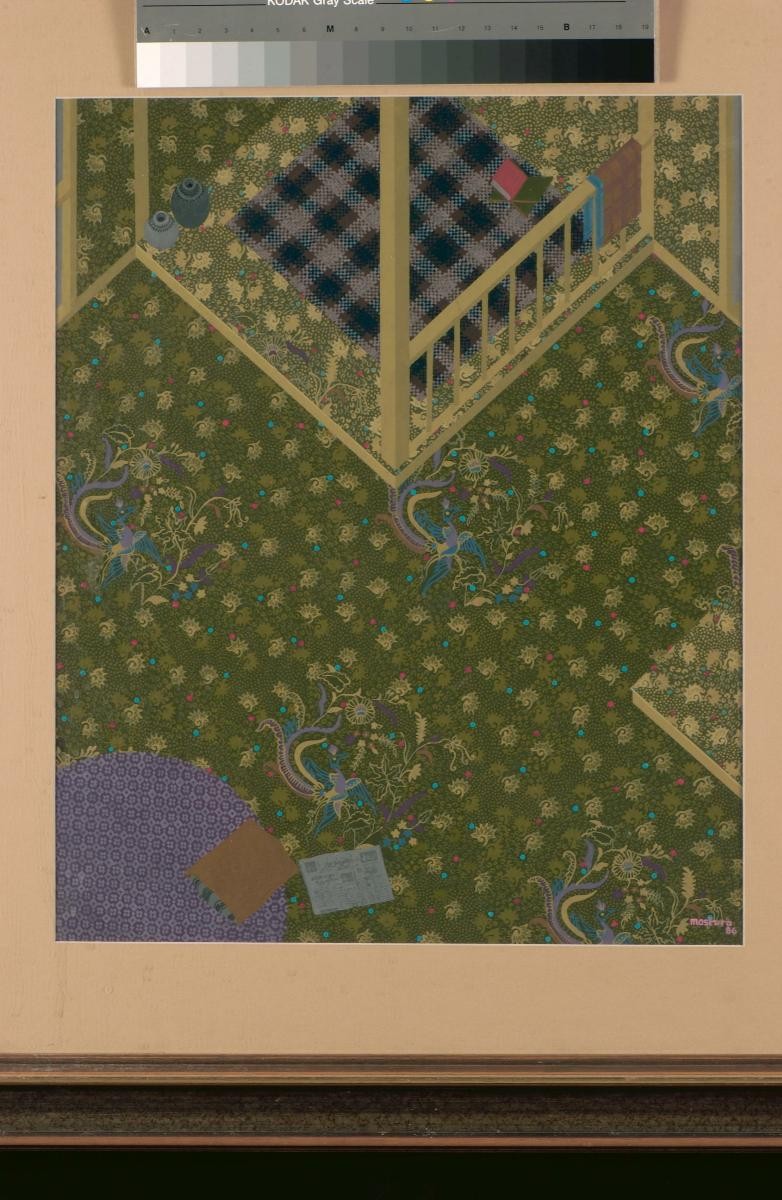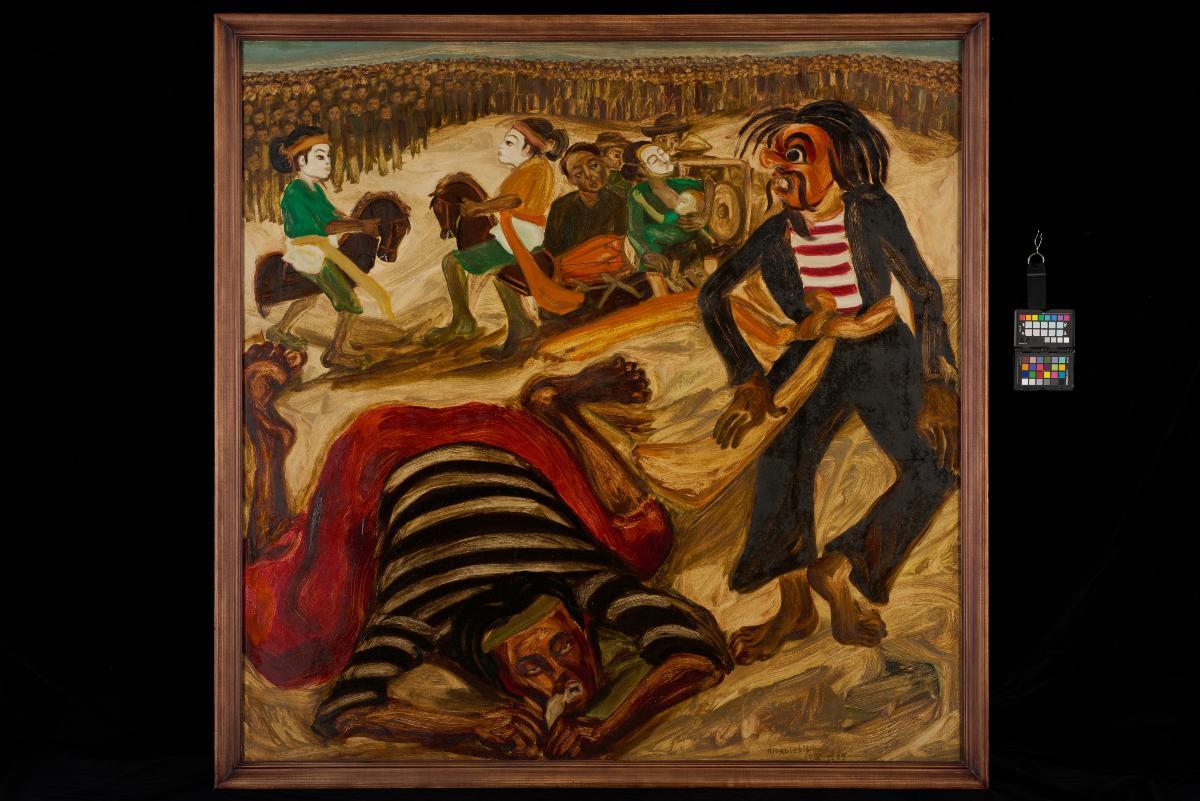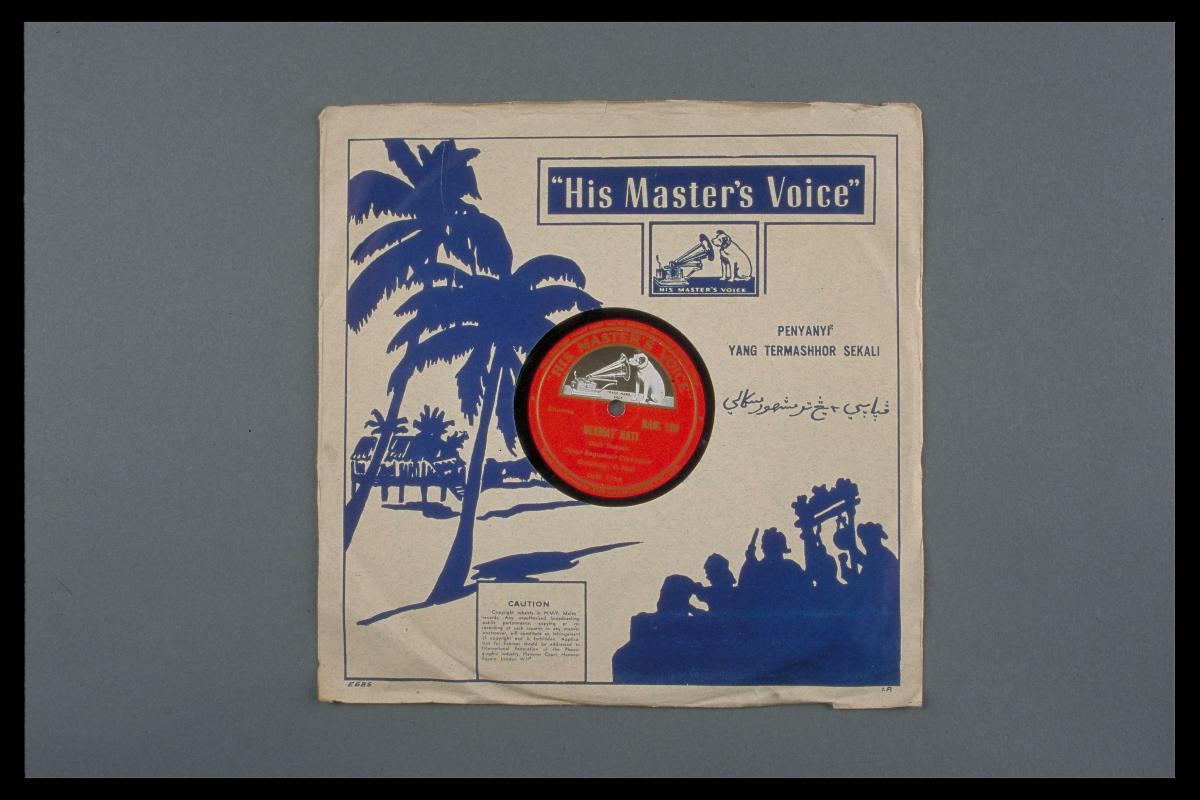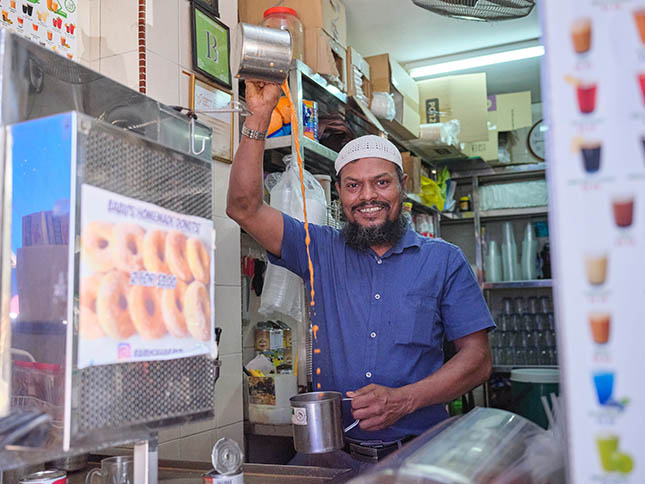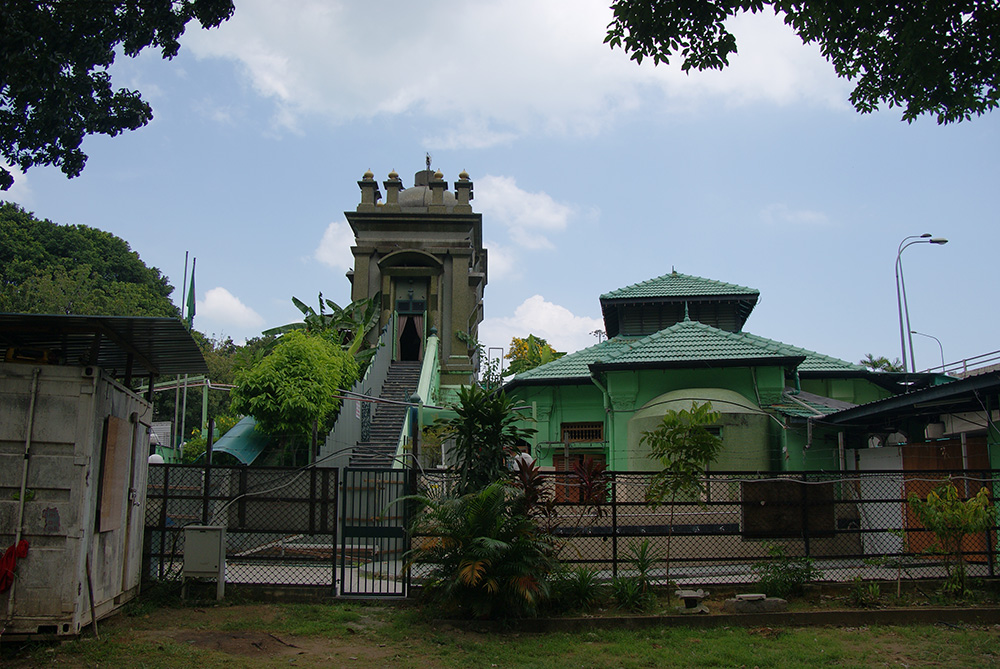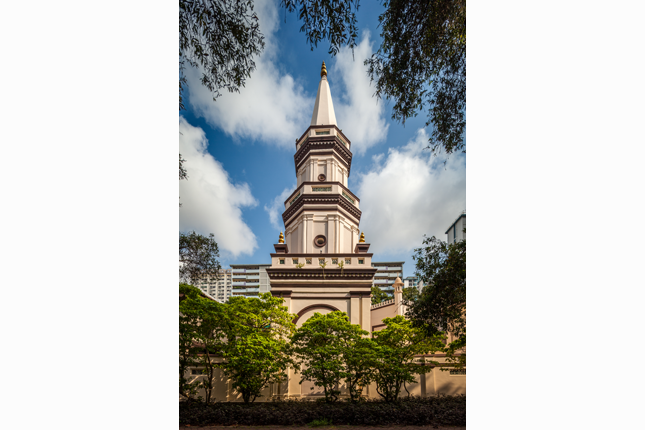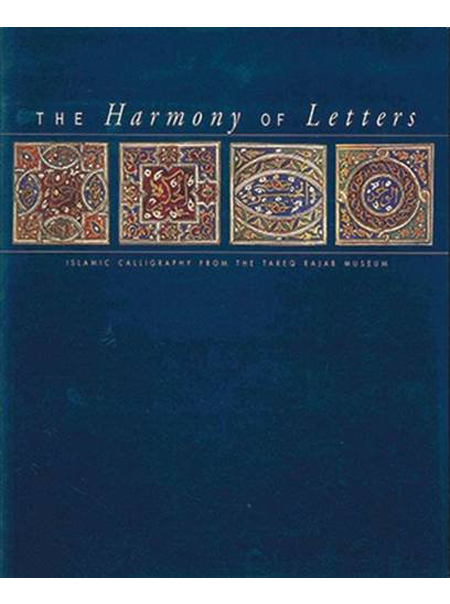Image size: 25.2 x 19.9 cm
Ismail Zain (1930 – 1991) was born in Alor Setar, Kedah, and widely regarded as one of the most influential arts administrators in Malaysia and also a ground-breaking artist in his own right. Initially trained as an art educator in the 1950s, he later trained more formally as an artist in England in the 60s, at the Slade School of Fine Art, where he was an award-winning mature student. Ismail later took on important positions in public service, most notably the Director, National Art Gallery of Malaysia (1972 – 75); Director of Culture, Ministry of Culture, Youth and Sports (1975 -82); Director-General of the National Film Development Corporation (1982 – 1985. He was also consistently viewed as an important artistic innovator and thinker by his peers, who also had trenchant critical insights into other artistic realms such as literature, music and theatre. In the mid 1980s, Ismail’s art made a decisive move towards the digital as he began to make art with his Macintosh computer. For this, he has been hailed as a progenitor of new media art in Malaysia. In 1983, two years from his retirement, he began his initial experiments with machine-made art and explored newfound interests in the possibilities of the electronic medium for new modes of artistic expression. He was then the D/G of the National Film Development Corporation and his thinking was already geared then towards the efficacy of mass media and other pop cultural constructs. To Ismail, the computer permitted an almost infinite resource of cultural images, artefacts and data, which can be delivered to the user at superfast speeds or instantaneously but he had to learn to work within the much reduced limits of the screen size and the A4 sized print-outs. He composited and juxtaposed images culled from mass cultural media and also traditional sources, dislocating much of our habitual interpretative frames and opening up the visual to multiple readings, even politically charged ones such as the superimposition of Bruce Springsteen onto Arabic text, or the juxtaposition of fighter jets and their ammunition with chilies and other plant matter. Ismail’s digital collages marked him out as an artistic pioneer attuned to the tempo of the coming 21st century where all global denizens will have to seek tolerance and genuine understanding of multiple realities in multicultural world. Interestingly, the only solo exhibition Ismail did during his lifetime was “Digital Collage”, in February 1988, at the National Art Gallery, KL, followed by another of the same genre in that year at the Appleworld Computer Expo. In 1995, four years after his death, Ismail was given a solo retrospective at the National Art Gallery, KL.




